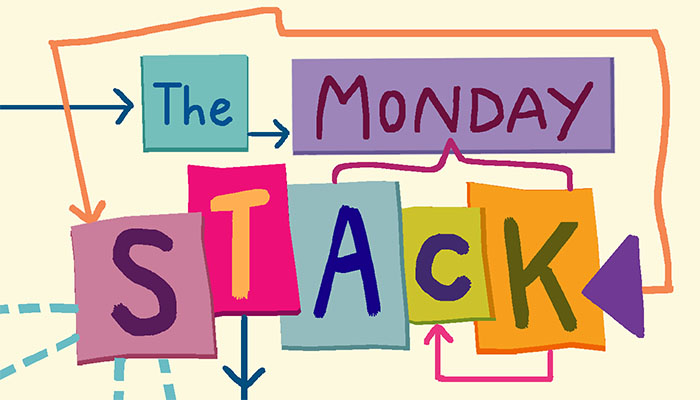People who know about these things tell me that although there’s a ton of technology focused on the last mile of delivering messages to consumers, things go wrong in the first mile (back where all that data is). That’s one reason we get targeted with recommendations or offers which are nearly relevant, but not quite. Here comes Adobe with a way to ease that pain, with enhancements to the AI (that’s Sensei, okay?) powering its recommendation engine. Here’s what Adobe announced last week:
- “Weighted relevance” rules within Adobe Target. These are aimed at making recommendations more specific and relevant, based on profile matching and search criteria. The watchword? “People-centric decisions” to power marketing messages
- Enhanced Personalization Insight Reports which will now show actual relative lift (in conversion and/or revenue) based on the specific experiences selected by the algorithm (e.g. Sensei-powered carousel recommendations versus a default alternative)
- A new version of the Adobe Target Personalization Maturity Model: check your brand’s progress
- A heavier concentration on single page app frameworks (SPAs) for apps and mobile web, to obviate the friction caused by slow page loads
**********
At RampUp in San Francisco a year ago, we witnessed LiveRamp, the identity resolution and data onboarding platform, pivot strongly in the direction of solving the challenges proposed by “advanced television” — a catch-all term for OTT, connected TV, and ACR-based connected linear TV. This month, it announced the expansion of its IdentityLink solution to encompass connected TV, referred to in a release as “advertising’s fastest growing video channel.” The enhancement makes it possible to link CTV identifiers with LiveRamp’s cross-channel identity graph; the advantage to advertisers, simplicity in confidence in planning (and measuring the results of) cross-channel campaigns which incorporate a CTV element; the advantage to consumers, a consistent experience across OTT, CTV, and digital.
It’s just the latest sign of the convergence of TV and digital experiences — something to be expected when there are an estimated 190 million CTV users in the U.S. alone.
**********
What do customers want, and when do they want it? Loyalty attempts to deliver on the obvious answers to these two questions. Do marketers need to go further in researching them? According to a new loyalty report by HelloWorld, a Merkle company, consumers are “increasingly prioritizing instant gratification.” Increasingly? Year over year?
Yes, at this point in history their biggest pain point is impatience: 54 percent of consumers say it takes too long to earn a reward. They aren’t interested in the long haul. What happened to loyalty?
Another takeaway from the 2019 Loyalty Barometer – consumers aren’t crazy about disclosing personal information in order to get rewards. Twenty-eight percent are willing to share their browsing history, 51 percent their gender, and only 57 percent would share their purchase history if it will get them rewards – a crucial component in the give and take of loyalty programs. What can marketers do to tweak loyalty programs, based on this study? Offer rewards for engagements beyond purchase, for doing things like watching a brand video or taking a survey.
Also, keep in mind that different customers anticipate a different experience depending on their age. Younger respondents included in the study (Gen X and Millennials) welcomed “creative and unexpected rewards” delivered through social media or in-store.
With these adjustments, loyalty might have a future after all. — Chris Wood
**********
And what were you doing last night for an eternity between 8 and 11pm. Yes, you were wondering whether the Oscars were better without a host after all. You might also have been exhibiting sentiment when confronted with the trailers for the year’s big winners. The emotional and brand impact mavens at UnrulyEQ were ignoring the gowns and using their analytics to decode emotional responses and relate them to promotional success. Here’s a glimpse:
- Green Book (Best Picture, etc). The trailer fired inspiration, happiness, warmth and pride (measured against baseline U.S. norms), as well as very strong purchase intent, favorability, and a desire to know more about the movie
- The Favourite (Best Actress, Olivia Coleman). Audiences found happiness and inspiration in the trailer, but both at rates below the U.S. norm. Humor came further down the list, but above the U.S. norm. Is it just the accents? U.S. audiences registered higher levels of confusion and (don’t shoot the messenger) contempt
- Bohemian Rhapsody (Best Actor, etc). Happiness won the day again, but this time closely followed by nostalgia, the latter hugely exceeding the U.S. norm (people are nostalgic about Queen?). Despite British (okay, and Parsi) subject matter, audiences were not confused this time, although they did match the norms for “surprise, shock and disgust.”
Mama. I just killed a man. Okay, enough Stack for now.








